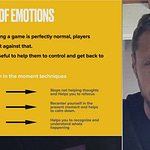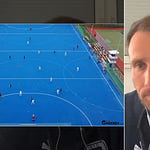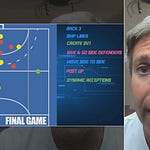Attacking the D with Aerials: Key Insights and Coaching Strategies from Tsoanelo Pholo’s Masterclass
In a recent The Hockey Site masterclass, esteemed South African coach and former international, Tsoanelo Pholo, shared invaluable insights on leveraging the aerial to attack the D…
Setting the Stage: The Evolution of the Aerial and Expert Voices
Tsoanelo Pholo opened the discussion by noting just how significantly the game has changed. When she began her career three decades ago, aerial skills—and especially attacking the D with high balls—were not an integral component of the game due to the restrictions of the rulebook. However, as hockey has shifted towards a more open and attacking style, the aerial has emerged as both a spectacle and a strategic staple.
The Tactical and Technical Anatomy of the Attacking Aerial
The Overhead as Attacking Catalyst
Central to the session was the technical mastery of the overhead—a pass that can traverse significant distances and disrupt defensive structures, especially when aimed into the attacking circle. Pholo highlighted that the key to a successful aerial is not merely its execution but what happens next: the receiving player’s ability to control, create or find space, and make the right decision in a split second. An aerial is only as effective as the finish it enables.
Rules, Trajectory, and Umpiring Interpretation
Keely Dunn’s contribution brought vital perspective on how umpires are encouraged to assess aerial danger in three-dimensional space, rather than adhering to a rigid five-meter “disc” painted on the pitch surface. The question of danger—when, where, and how it is created—depends as much on the ball’s trajectory as on the proximity, timing, and awareness of players contesting the aerial.
Notably, the initial phase of the aerial (the lift-off) is typically not dangerous. The core concern for umpires is the point of descent and reception: who is established in the landing zone, how much space separates the receiver and defender, and whether either party creates danger through their actions upon arrival.
Manipulating Space: Attacker’s and Team’s Responsibilities
Pholo emphasized the cerebral aspect of aerial offense—spatial manipulation. Elite strikers are constantly asking themselves how they see and create space, and then how they manipulate it.














